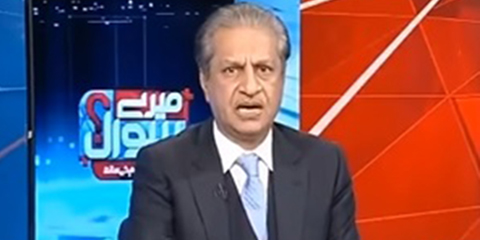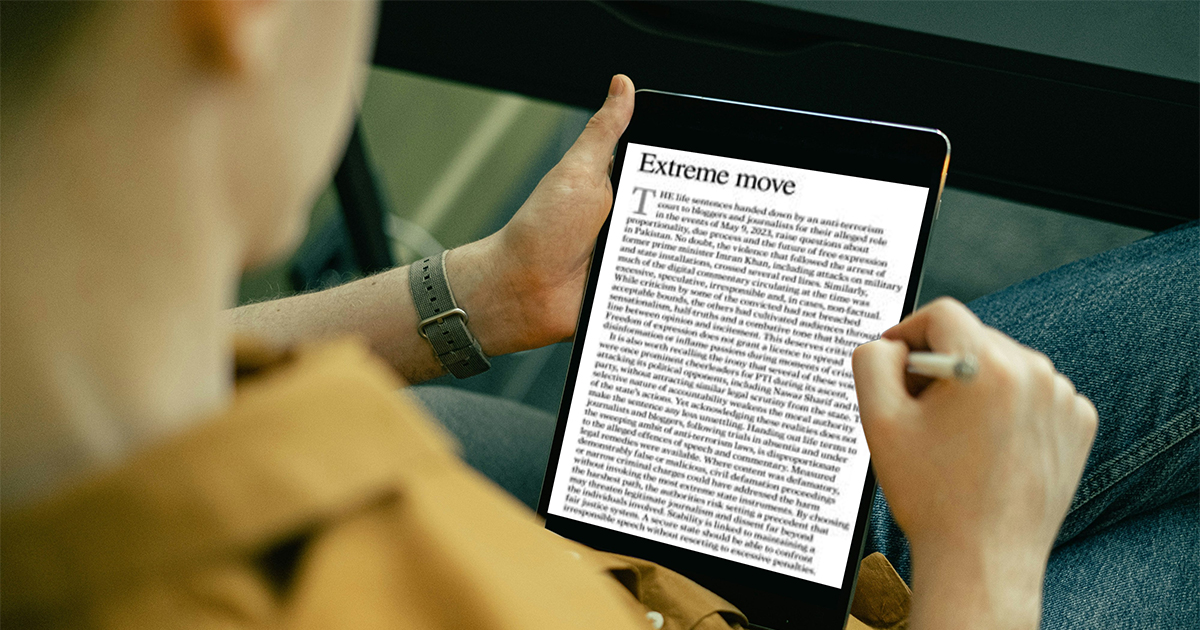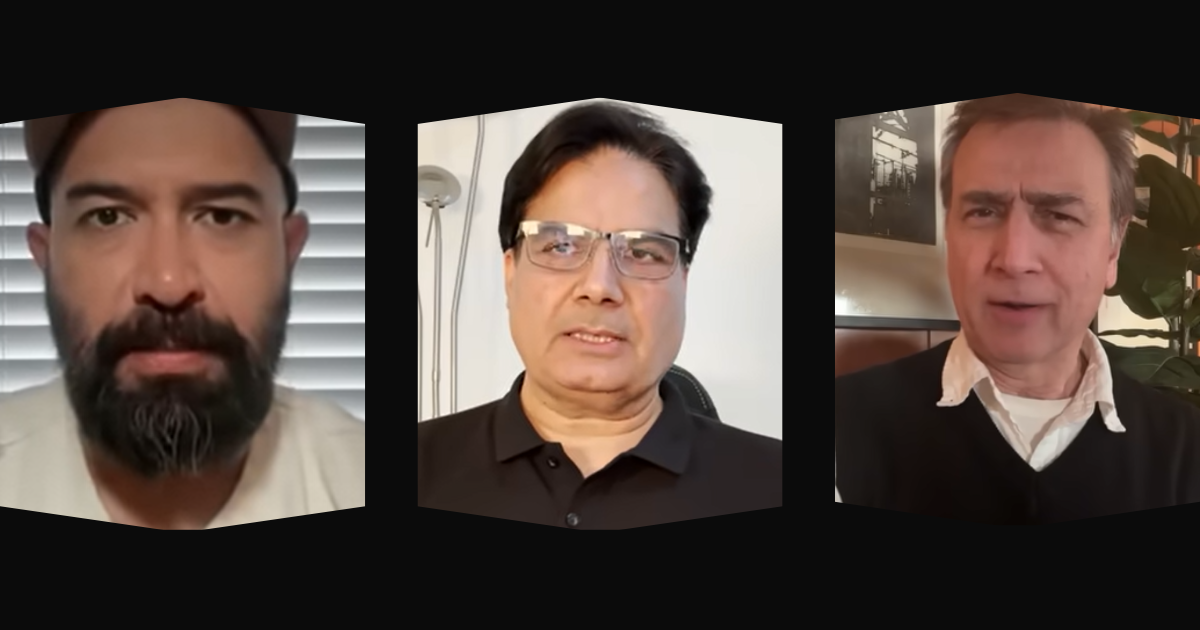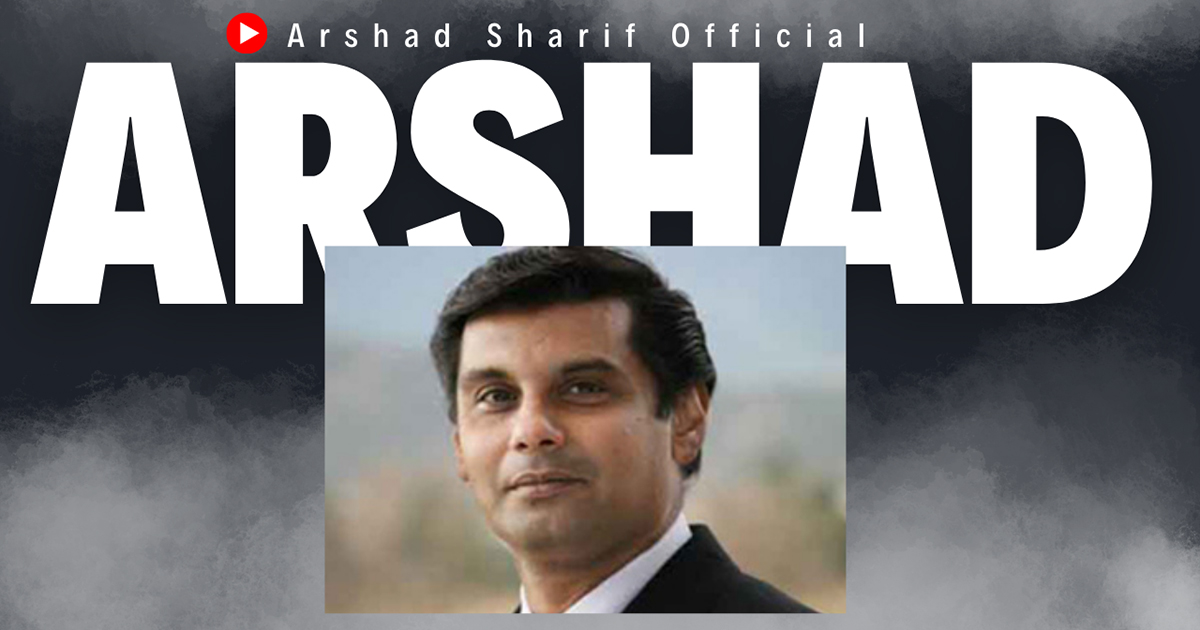Pot calling the kettle black? Absar Alam's criticism of YouTube journalists raises eyebrows
JournalismPakistan.com | Published: 13 January 2025 | JP Staff Report
Join our WhatsApp channel
Veteran journalist Absar Alam has criticized digital content creators in Pakistan, raising questions about the evolution of journalism. Amid increasing political pressure, numerous digital journalists thrive, demonstrating the changing dynamics of media influence.Summary
ISLAMABAD—In a recent episode of "Mere Sawal" on Samaa TV, veteran journalist Absar Alam launched a scathing attack on Pakistan's prominent digital content creators, inadvertently highlighting the shifting dynamics of media influence in the country. However, his criticism, particularly notable coming from a former PEMRA chief whose own appointment was declared illegal by the Lahore High Court in 2017, raises questions about the evolving landscape of journalism.
The extraordinary success of these digital journalists, many forced into exile due to political persecution, tells a compelling story that contradicts Alam's narrative. Leading this digital revolution is a channel with 5.5 million subscribers, reportedly operated by Imran Riaz Khan, generating monthly revenues exceeding 200,000 dollars. This massive following suggests not a misleading platform but a voice resonating with millions of Pakistanis seeking alternative perspectives.
The exodus of these journalists/YouTubers, including renowned names like Moeed Pirzada, Sabir Shakir, and Shahbaz Gill, coincides with increasing pressure on media freedom in Pakistan. Their transformation from traditional media personalities to digital powerhouses, with subscriber bases ranging from 680,000 to 5.5 million, represents a significant shift in how Pakistanis consume news and political commentary.
Former Nawa-e-Waqt journalist Sabir Shakir's channel, commanding 2.5 million subscribers and generating approximately 50,000 dollars monthly, exemplifies this transformation. His journey from a traditional newspaper salary of 25,000 rupees to a successful digital platform demonstrates the democratizing power of social media in breaking traditional media monopolies.
The financial success of these digital journalists, rather than diminishing their credibility, underscores their independence from traditional power structures. Their ability to sustain themselves through YouTube revenue while in exile speaks to both their resilience and their audience's trust in their content.
Ironically, Alam's criticism comes at a time when traditional media faces increasing scrutiny over independence and credibility. His recent return to journalism via Samaa TV in June 2024, following his controversial tenure at PEMRA, adds another layer to the complex narrative of media freedom in Pakistan.
Media analysts point out that the success of these YouTubers reflects a broader global trend where digital platforms provide refuge for voices silenced in traditional media. Their combined reach of over 16 million subscribers suggests they are filling a crucial gap in Pakistan's media landscape, providing perspectives that resonate with a significant portion of the population.
The phenomenon also highlights the changing nature of journalism in the digital age. While Alam dismisses these content creators as "vultures and fraudsters," their substantial following indicates they are meeting a public demand for alternative viewpoints and independent journalism. Their success challenges the traditional gatekeeping role of conventional media and regulatory bodies.
The fact that these digital journalists maintain their influence despite being physically distant from Pakistan raises important questions about the nature of modern journalism and the role of geographic boundaries in the digital age. Their ability to generate significant revenue through legitimate platform monetization also contradicts accusations of financial impropriety.
As Pakistan's media landscape continues to evolve, the success of these digital journalists serves as a testament to the enduring power of independent voices. Their story is not just about individual success but represents a broader narrative about the transformation of journalism in the face of political pressure and technological change.
The criticism from traditional media figures like Alam may ultimately say more about the changing power dynamics in Pakistani media than about the credibility of these digital journalists. As millions of Pakistanis continue to engage with these voices, perhaps the question isn't about their legitimacy but about why they had to seek refuge in digital platforms and foreign lands to continue their journalistic mission.
KEY POINTS:
- Absar Alam's remarks reflect traditional media's challenges.
- Digital journalists in Pakistan have gained immense popularity despite exile.
- Platforms like YouTube empower independent voices in the media landscape.
- Former traditional media figures now command significant digital followings.
- The exodus of journalists underlines threats to media freedom in Pakistan.

























